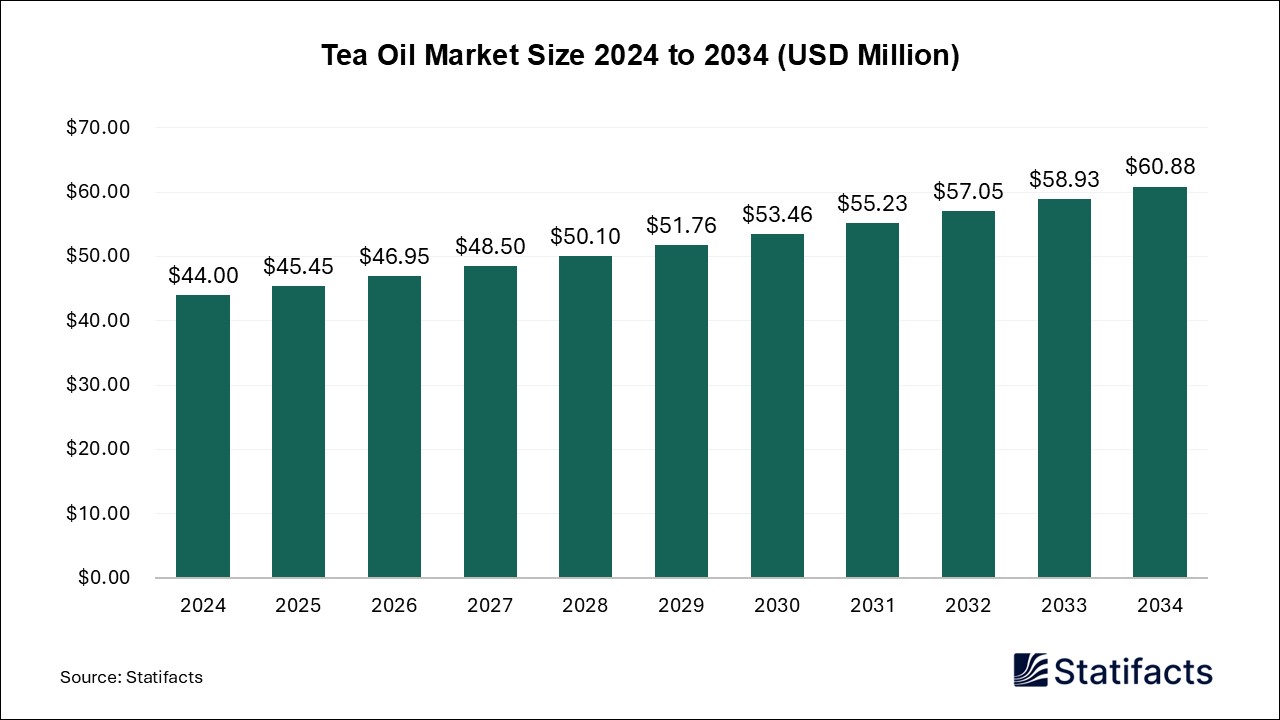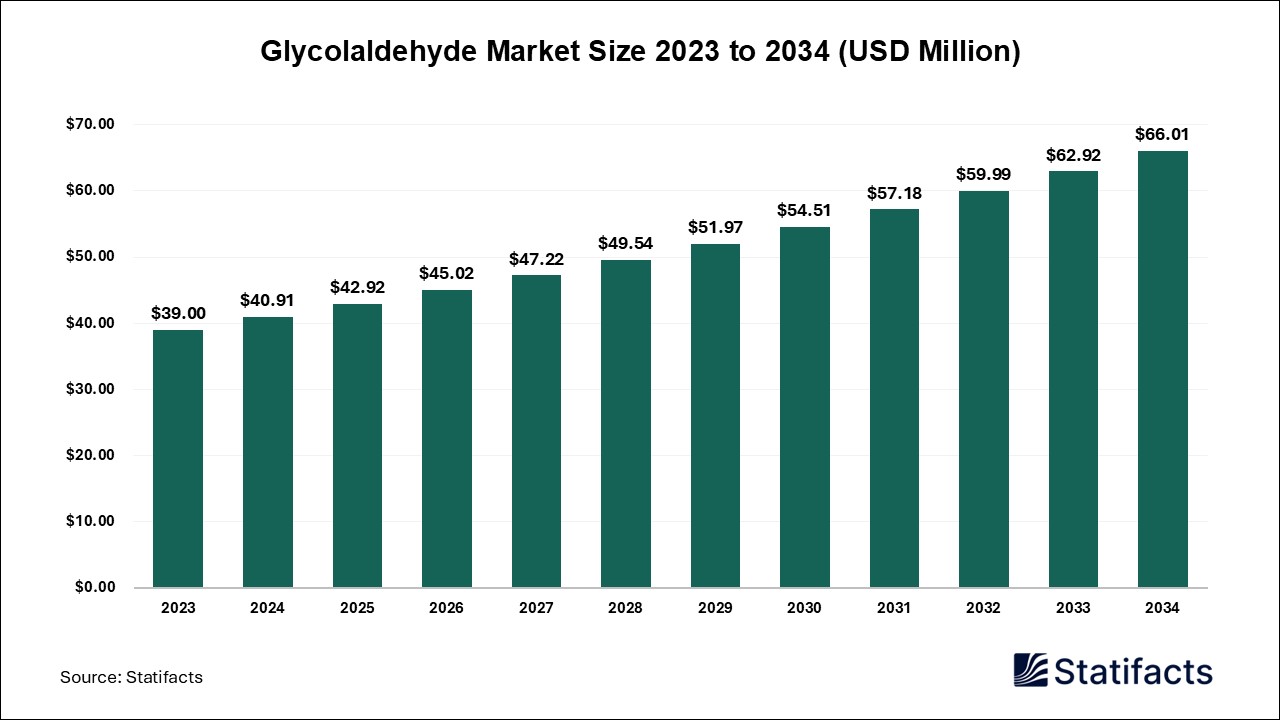

Our customers work more efficiently and benefit from
The global viral inactivation market size was estimated at USD 720 million in 2024 and is projected to be worth around USD 2,167 million by 2034, growing at a CAGR of 11.65% from 2025 to 2034.
| Industry Worth | Details |
| Market Size in 2025 | USD 804 Million |
| Market Size by 2034 | USD 2,167 Million |
| Market Growth Rate from 2025 to 2034 | CAGR of 11.65% |
The viral inactivation market refers to the production, distribution, and utilization of viral inactivation which is the first of usually two dedicated steps designed to improve the safety of biotherapeutic products. Viral inactivation is the process of stopping viruses in a given sample from contaminating the desired product, either by completely removing them or rendering them non-infectious. These techniques are highly utilized in the food and blood plasma industries, as these products can be compromised by the presence of viral particles.
The steps for viral inactivation include the combination of simple techniques like heat or UV radiation and detergents like Tween 20, Triton X 100, or sodium dodecyl sulfate are may sufficient for virus inactivation, but the efficiency may be affected by influencing factors including quantity of infectious particles, pH, salt, matrix constitution, and protein content. Viral inactivation is defined as a loss of viral titer with time due to the disruption of coat proteins and degradation of nucleic acid. An influenza virus can be inactivated by damaging the RNA, the protein coat, or the lipid bilayer and the associated glycoproteins. Only the inactivation of viral RNA through UV radiation represents a straightforward mechanism of inactivation.
Expansion of pharmaceutical and biotechnological industries driving the growth of the viral inactivation market. Drug inactivation is a process carried out by bacteria that can either directly remove a chemical group from the drug or transfer it to another chemical group. The members of these groups highly used in medicine are cowpea mosaic virus, red clover necrotic mosaic virus, hibiscus chlorotic ringspot virus, cucumber mosaic virus, brome mosaic virus, and cowpea chlorotic mosaic virus. Viruses can also be used as vectors by essentially removing their pathogenic parts while retaining their gene-delivery capacities, making them incredibly versatile tools to carry and deliver genetic material. Viral vectors have been used in gene therapy for the introduction of functioning genes into human cells.
The increasingly complex science and technology environment of the pharmaceutical and biotechnological industries created expanded career opportunities for physicians. These careers are an unparalleled opportunity to affect the health of millions of people throughout the world. Biotechnology helps the pharmaceutical industry to develop new products, new processes, methods, and services and to enhance existing ones. Thus, international competitiveness can be strengthened, new jobs can be created, and existing jobs preserved.
The positive impacts of the pharmaceutical industries include the development of life-saving drugs, contribution to economic growth through high-value jobs, and fostering innovation in healthcare. The pharmaceutical and biotechnological industries' expansion benefits also include collaboration and knowledge exchange, technological advancements, the global supply of medications, accessibility of medicines, quality standards and regulatory compliance, job creation, and innovation in research and development.
Technological advancement is driving the growth of the viral inactivation market. Photodynamic viral inactivation (PDI) is a standard mode of blood product disinfection, water decontamination, and surface decontamination. In recent years, advancements in photodynamic therapy have enhanced treatments and added capability in targeting many cellular structures systematically and in external illumination for deep tissue treatment.
Viral inactivation necessitates the development of new approaches to enhance or replace the steps. Continuous viral inactivation solutions are expected to have many benefits, including the elimination of large hold tanks for inactivation, reduced processing times, reduction of facility footprint requirements, facilitated conversion to single use, and most importantly, potential improvement in product quality. Inline virus inactivation technology replaces traditional batch operation while allowing effective virus inactivation and is expected to play an important role in the development of next-generation mAb processing solutions.
For any questions about this dataset or to discuss customization options, please write to us at sales@statifacts.com
| Stats ID: | 8155 |
| Format: | Databook |
| Published: | April 2025 |
| Delivery: | Immediate |
| Price | US$ 1550 |

| Stats ID: | 8155 |
| Format: | Databook |
| Published: | April 2025 |
| Delivery: | Immediate |
| Price | US$ 1550 |
Related Reports

You will receive an email from our Business Development Manager. Please be sure to check your SPAM/JUNK folder too.

Unlock unlimited access to all exclusive market research reports, empowering your business.
Get industry insights at the most affordable plan
Stay ahead of the competition with comprehensive, actionable intelligence at your fingertips!
Learn More Download
Download

